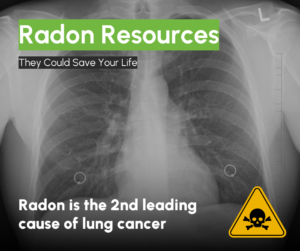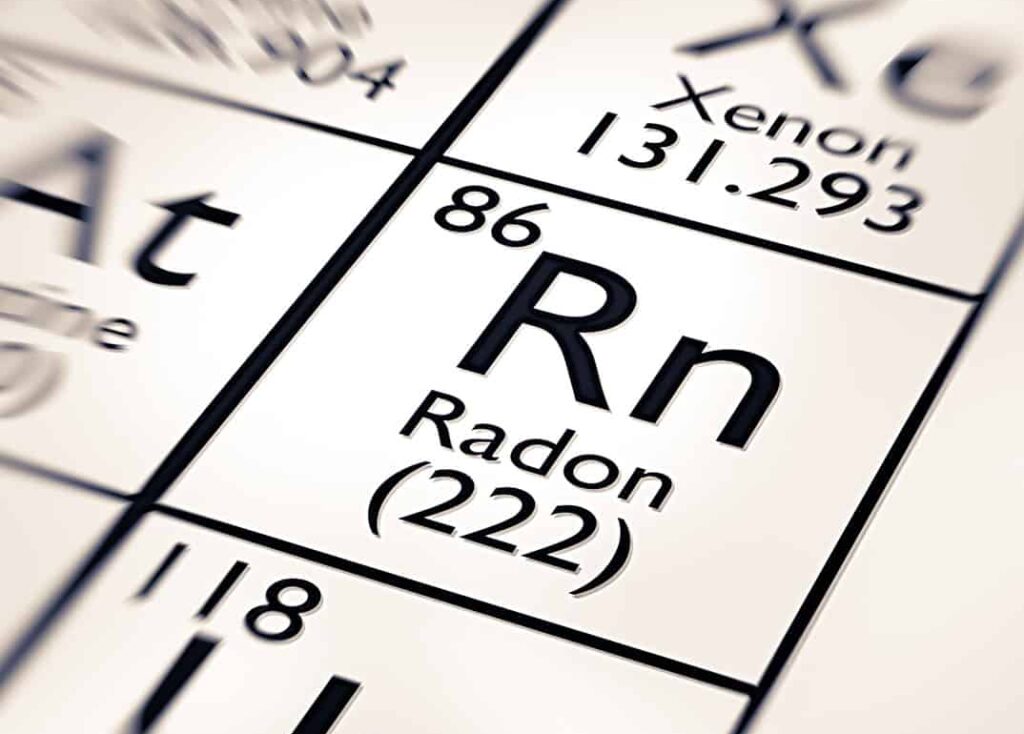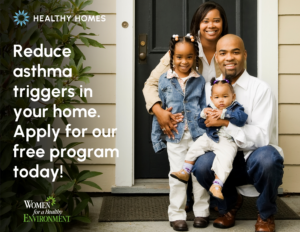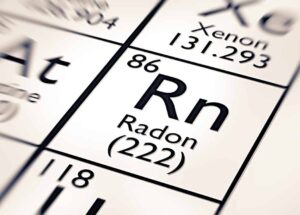January is National Radon Action Month. How much time are you spending in your home? The pandemic caused us all to spend more and more time in our homes than we had originally planned. Many of the things we do like working, exercising, and eating take place in the comfort of our homes. But with all of this time inside comes some environmental health risks that many families may overlook.

Since January is National Radon Action Month, it is a perfect time to get your home tested for radon. Radon is the second leading cause of lung cancer and is a colorless, odorless gas that is found everywhere. When in trace amounts outside, radon can be harmless because it is easily dispersed, but it can be deadly in larger amounts when inside buildings because of its high radioactivity. Most people are exposed to the highest amount of radon inside their homes, as radon can easily move up from soil into the air through cracks and gaps inside the foundation.
Getting your home checked for radon is simple and inexpensive! Inside homes and buildings, gaps and cracks can be sealed with plaster or caulk to prevent radon leaks. Many states also have qualified contractors who know how to seal foundations and prevent radon from escaping. Also, increasing ventilation inside homes by using fans, opening windows, or adding vents can help reduce overall radon levels. Perhaps the best way to deal with radon inside homes and buildings is to test for it. Tests are inexpensive, easy to find, and only take a few minutes to set up. Most kits require a small device to be put in a room for a period of a few days to up to 3 months. Some longer tests can be put for a much lengthier period and are more precise.
Testing for radon is easily accessible and very important since we are now spending so much time in our homes. Especially in the winter, with no windows open or fresh air circulation, we are all at a much greater risk for radon poisoning than we were before the pandemic. In fact, in November, the University of Calgary studied 100 homes to see whether increased time at home due to the pandemic has led to higher exposure of radon. Early results have shown a 35% increase in annual radon exposure in homes that were surveyed. Though not many studies have been done since this is new for all of us, we can draw the connection between time spent inside to radon exposures.
Radon Resources
Find certified testers and mitigators
Step by step video of how to test
Sign up for Citizen for Radon Reduction Newsletter to stay up to date on radon info and resources





